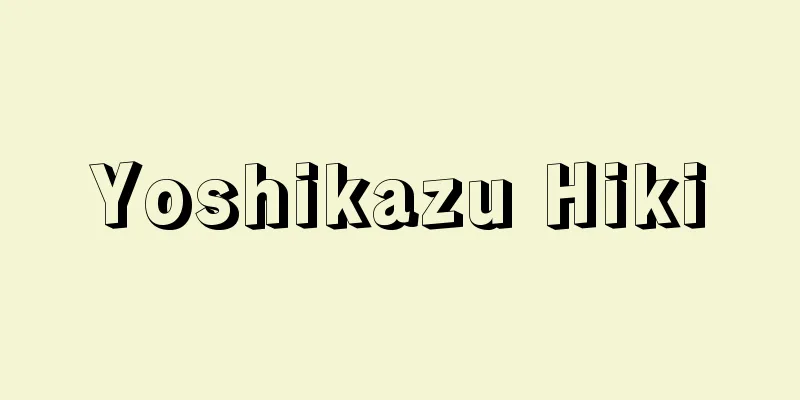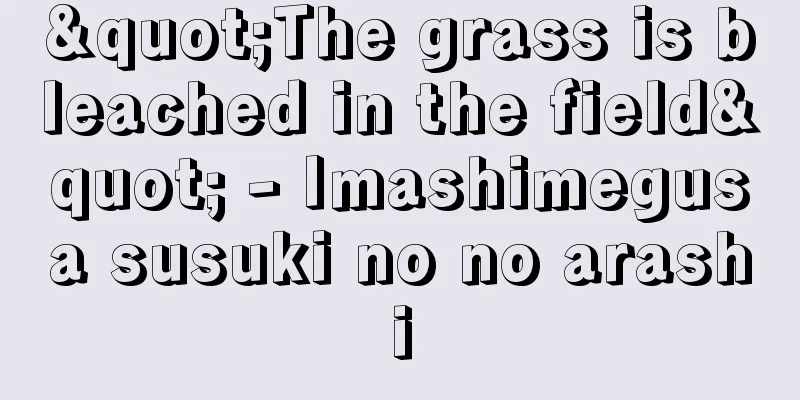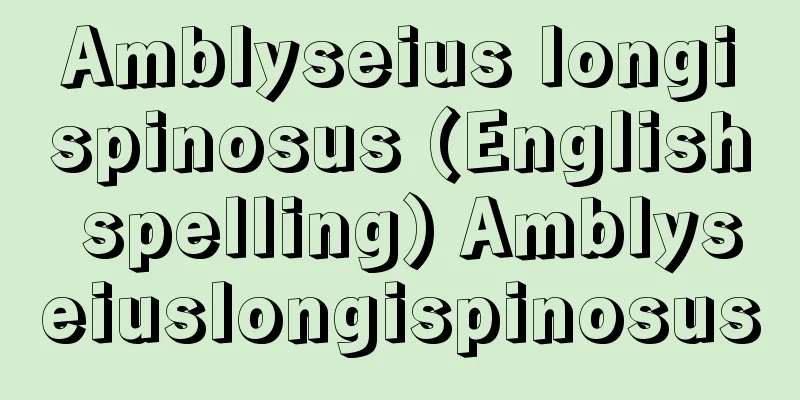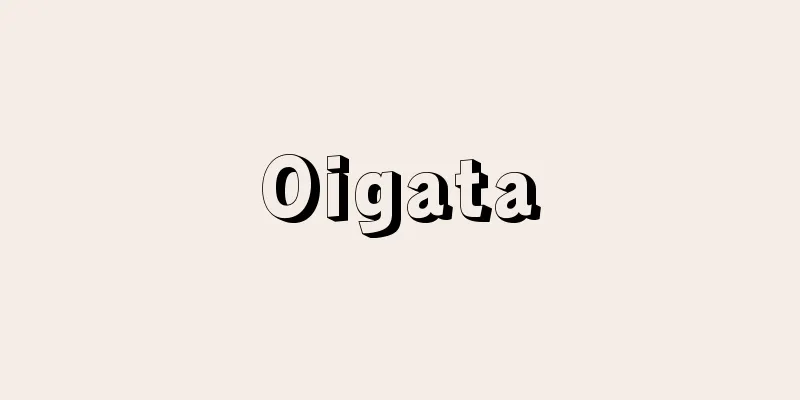Long sword - Tachi

|
A sword from the Kofun period to the mid-Heian period. The Nihon Shakumyo states that the meaning of the word is "Tatsunari, mono tachikiru nari", but tachi and yokotachi are also called tachi , and they can also be read as tsurugi and ken . The term "tsurugi tachi" has also existed since ancient times, and although there are problems with the strict distinction, generally, straight swords (chokuto) before the completion of the shinogi-zukuri wanto style around the mid-Heian period are written as "daitachi" and are distinguished from the sotozorikatana (tachi) that came after. The two differ in shape, carrying method, and usage. Daitachi are named according to the shape of the handle, such as kantou daitachi, kabutchi daitachi, houtou daitachi, keito daitachi, ento daitachi, and keikan daitachi. In addition, based on the style of the sword fittings, names such as "Gold and Silver Inlaid Chinese Sword," "Gold Inlaid Chinese Style Sword," "Bronze Lacquer Sword," and "Black Sword" appear in the "Tōdai-ji Temple Offerings Book." Examples of swords that still exist include the "Heishi Shōrin Sword" and "Shichisei Sword," both made in the 7th century (Asuka period) and kept at Shitenno-ji Temple in Osaka, and the "Futsunomitama no Tsurugi," a sacred sword from the Kashima Shrine in Ibaraki Prefecture made in the early 9th century (early Heian period) (all national treasures). Incidentally, among the straight swords marked as "daitō," those from the 4th to 7th centuries were flat-edged (hira-zukuri) kataha (single-edged) swords, while the new style introduced from China from the 7th century onwards became the kiriha-zukuri daitō. [Nobuo Ogasawara] ©Katsuya Nishikawa "> Types of Japanese Swords (Swords) Source: Shogakukan Encyclopedia Nipponica About Encyclopedia Nipponica Information | Legend |
|
古墳時代から平安時代中ごろまでの刀。『日本釈名(にほんしゃくみょう)』には、「たつなり、物をたちきるなり」とその語意を記しているが、太刀・横刀もたちといい、劔・剣もたちと読む場合がある。また「剣(つるぎ)太刀」のことばが古くからあり、厳密な区別には問題も残るが、一般的には平安中期ごろ鎬造湾刀(しのぎづくりわんとう)様式が完成する以前の直刀(ちょくとう)を「大刀」と記し、以降の外反刀(そとぞりかたな)(太刀)と区別している。両者は形態、携帯法、使用法を異にする。大刀は柄頭(つかがしら)の形で環頭(かんとう)大刀、頭椎(かぶつち)大刀、方頭(ほうとう)大刀、圭頭(けいとう)大刀、円頭大刀、鶏冠大刀などと名づけている。また刀装の様式から金銀鈿荘唐(でんそうから)大刀、金鈿荘唐様大刀、銅漆作(どうしつづくり)大刀、黒作(くろづくり)大刀などの名称が『東大寺献物帳』にみえている。現存例としては、7世紀(飛鳥(あすか)時代)制作の大阪・四天王寺蔵「丙子椒林剣(へいししょうりんけん)」「七星剣(しちせいけん)」、9世紀前期(平安前期)の茨城県鹿島(かしま)神宮神宝「韴霊剣(ふつのみたまのつるぎ)」(以上国宝)が知られている。 ちなみに「大刀」と記される直刀のうち、4世紀から7世紀ころまでのものは平造(ひらづくり)の扁刃(かたは)(片刃)で、7世紀以降新しく中国より伝えられた様式は切刃造(きりはづくり)大刀となる。 [小笠原信夫] ©西川勝也"> 日本刀(刀剣)の種類 出典 小学館 日本大百科全書(ニッポニカ)日本大百科全書(ニッポニカ)について 情報 | 凡例 |
>>: Tati (English spelling) Jacques Tati
Recommend
Hagi Clan Clan Records
A collection of genealogies and ancient documents...
Work rate - Shigotoritsu
A quantity that indicates the rate at which work ...
"The Story of the Extermination of Christians"
...It is a mix of fact and fiction about the intr...
Clastic cone
Also called Homate. A type of volcano. A volcano m...
Koyasan Tsuunenshu - Koyasan Tsuunenshu
A guidebook to famous places on Mount Koya written...
Hollboelia
...They are used as hedges and for flower arrange...
Modern Churchmen's Union
…Pope Leo XIII (1878-1903) was relatively toleran...
Processed foods
A general term for foods made from agricultural, l...
Balanophora nipponica (English spelling)
… [Kiyohiko Watanabe]. … *Some of the terminology...
Kakegawa [city] - Kakegawa
A city in the southern part of Shizuoka Prefecture...
Queuing theory
…This matrix is called a queue to avoid confusi...
Lliga
…While studying at the University of Barcelona, ...
Regal lily (English spelling)
...Also called Hime Sayuri, it is slightly smalle...
Turtle Castle
A city in the middle of North Pyongan Province, De...
Closed Gate - Heimon
〘noun〙① To close the gate. To close the gate and n...









